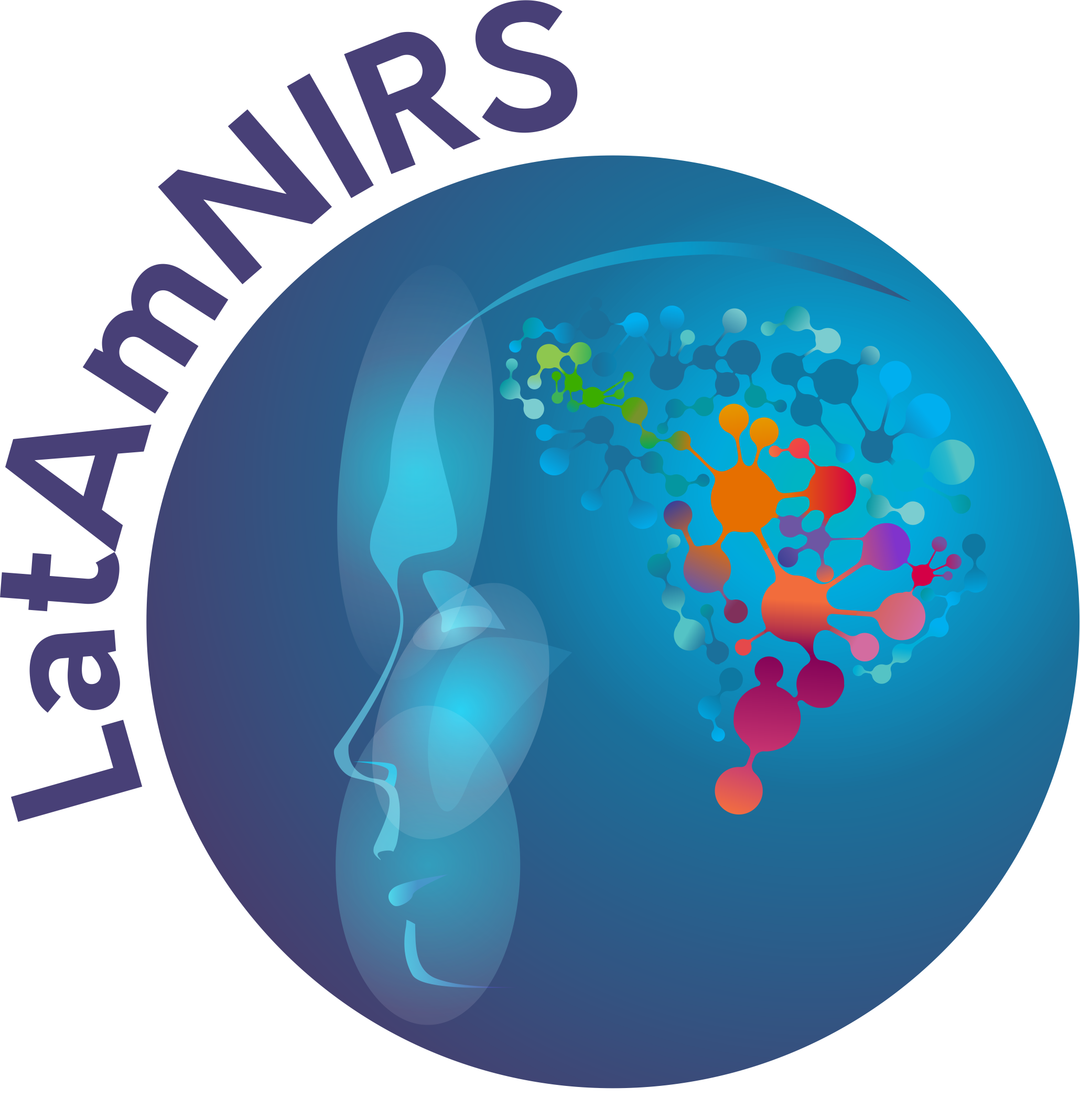Inverted Hemodynamic Response
Definition: The inverted hemodynamic response is a response where oxy-Hb decreases and deoxy-Hb increases in response to a stimulus. The inverted hemodynamic response is occasionally observed in adult participants, and somewhat more frequently in developmental populations. The exact reasons for its occurrence are not fully clear, it may be related to individual variability, age and the immaturity of the hemodynamic response, in particular in infants, but it is sometimes also related to the experimental task or stimuli, (e.g. when the baseline stimuli trigger a stronger response than the experimental stimuli), or to systemic changes (e.g. decrease in partial pressure of CO2).
Alternative definition:
Synonym:
References: https://doi.org/10.1016/j.dcn.2018.01.009
https://doi.org/10.1016/j.neuroimage.2016.08.058
Related terms: negative BOLD response
